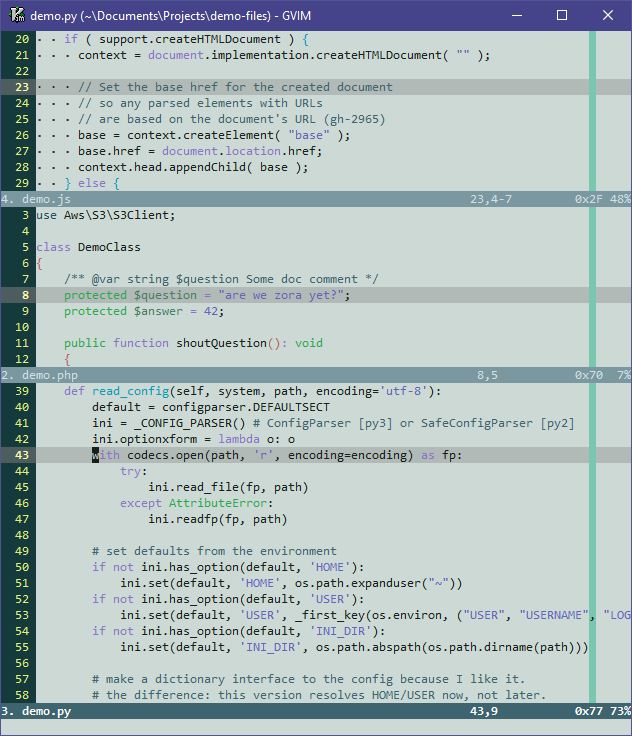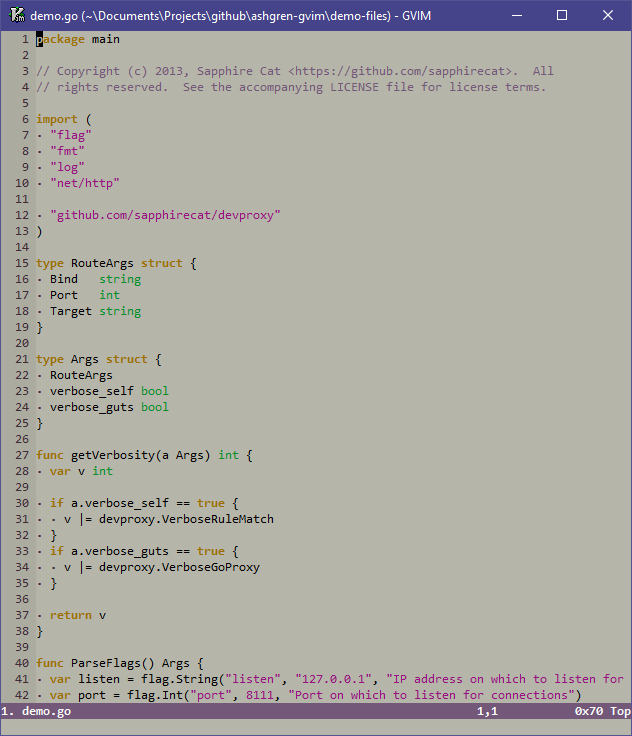The dynacache 1.1.2 release is made available to the public in binary form for AMD64 (v2 architecture level) Linux.
What is dynacache?
dynacache is a memcached server that stores data in Amazon DynamoDb. It recognizes the session-locking protocol of PHP's memcached extension, converting them into locks in DynamoDb that are compatible with the AWS SDK for PHP. Data is nearly compatible: the data is stored as a binary type, because the SDK for Go requires a string type to be valid UTF-8, and PHP makes no such promise.
For best results with PHP, set the following options in the relevant php.ini file:
; dynacache doesn't support the binary protocol memcached.sess_binary_protocol = Off memcached.sess_prefix = memc.sess.key. ; use dynacache to store sessions session.save_handler = memcached session.save_path = localhost:11211
For available configuration, dynacache supports the standard AWS SDK locations for credentials, and some optional settings shown when running dynacache -help.
Release Details
Since the 1.0.0 release, which is the last public version, the following changes have been made:
- The build is done with Go 1.18.1 with GOAMD64=v2 set.
- Response to version is closer to the release version number than before. It's still not strictly correct, unfortunately.
- CLI flag -verbose and env var DYNACACHE_VERBOSE (uint8) for controlling the logging level.
- Missing append and prepend commands are accepted.
- Idle clients will be disconnected during normal operation.
- Graceful server shutdown happens within a bounded time limit.
- Repeated signals will cause an immediate shutdown.
This project is not Open Source due to the reappointment of Richard Stallman to the FSF Board. sapphirecat stands opposed to child pornography, sex trafficking, sexism, and redefining rape. Leadership creates the culture of the movement, and that culture gets associated implicitly with any participant. It is imperative, then, for leaders to own their mistakes.







